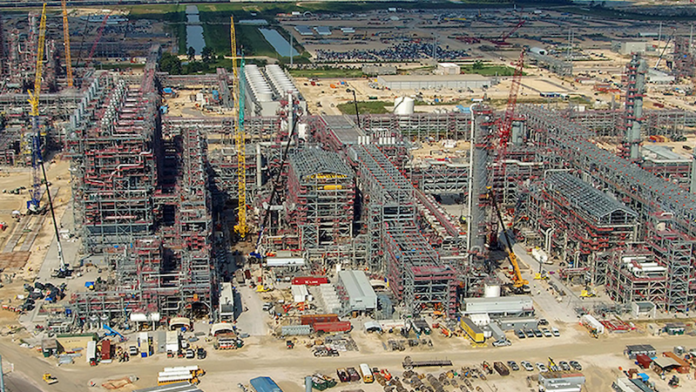
SASOL set down plans to “reshape its balance sheet” targeting $6bn by the end of its 2021 financial year including a potential $2bn rights issue, ‘self-help’ savings of $2bn, and asset disposal plans that would “significantly” exceed its current $2bn target.
The measures, which also include an oil hedging programme and the possible joint venturing of its US chemicals businesses, follow a precipitous 89% decline in the firm’s share price in the last 12 months. Shares in the company gained 12% in early Johannesburg trade today.
“In this dynamic and challenging environment, it’s critical that we tighten control on what we can, acting both swiftly and decisively,” said Fleetwood Grobler, CEO of Sasol in a statement to the JSE News Service.
The group plans to provide more details today of its plans to restructure the balance sheet which takes the form of three initiatives.
The first is a cash conservation programme through which Sasol hopes to save $2bn ahead of the current plan targeted for the close of its 2021 financial year. Secondly, it will forge on with asset sales but target “significantly” more than the $2bn currently identified.
Thirdly, Sasol has arranged for a potential rights issue of $2bn underwritten “on a standby basis” with possible execution by the end of its 2020 financial year. The rights issue would only to be put into action in the light of the how the other measures turned out. In addition, Sasol is to refinance existing debt to the tune of $1bn to $2bn aimed at improving its balance sheet flexibility during the 2021 financial year.
Sasol’s liquidity was thrown into the spotlight following downgrades of its credit profile by rating agencies Moody’s Investor Service and S&P amid capital overruns on its Lake Charles Chemicals Project (LCCP) in the US. The outbreak of a price war in the oil industry and the proliferation of COVID-19 exacerbated the group’s debt problems.
On a net debt to earnings before interest, tax, depreciation and amortisation (EBITDA), Sasol was trading on a ratio of 2.9x as of December 31, – below the 3.5x threshold set in terms of lender covenants. Today’s efforts were aimed at achieving a net debt to EBITDA ratio of 1.5 and gearing below 30% at end financial year 2022, it said.











